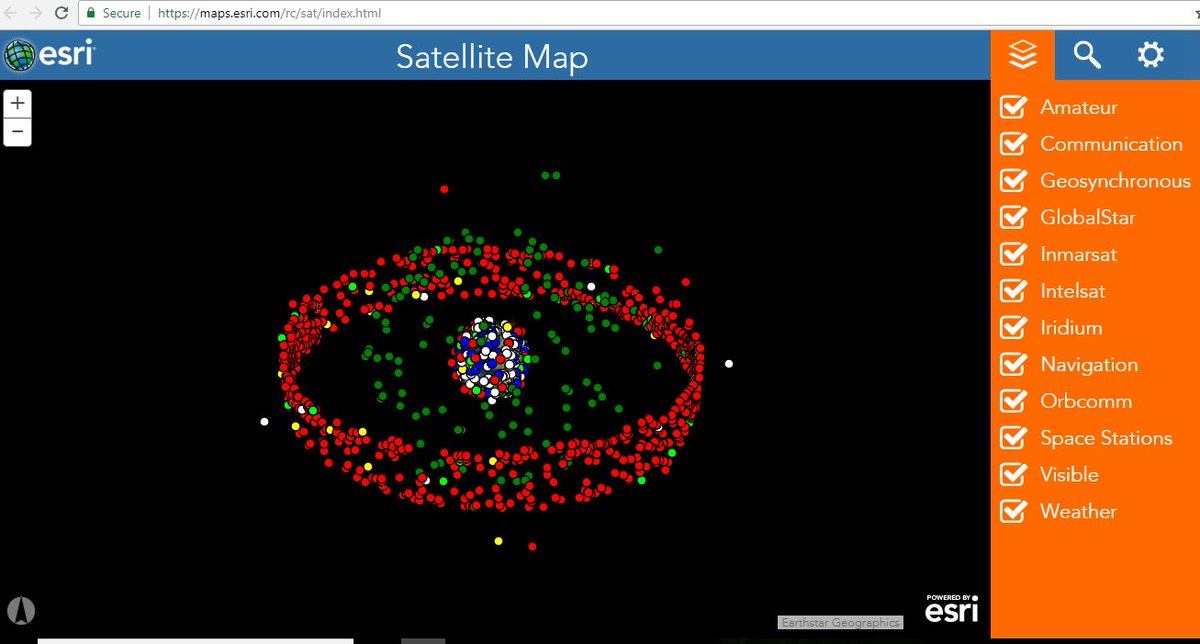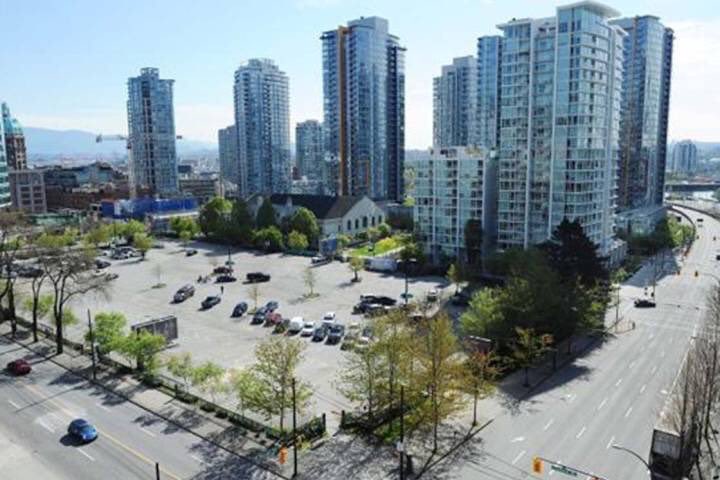cc @DianaUrge
In Vancouver the floor area of a project is measured to the OUTSIDE of the wall.
The total amount of floor area that you can build on a given lot is capped in the zoning, so most people want to build to the max size allowed.
In the ensuing years the walls have gotten much thicker.
Our typical passive house wall for a single family house is 17" in total.
If the city doesn't grant a 'thick wall exclusion' then PH clients are paying a huge penalty for going green.
Hence: step 1 is to adopt a thick wall exclusion so there's no penalty!
Because the walls and roof of a PH project are thicker, those extra square feet need somewhere to go (especially on tight city sites).
We now get relaxations to make PH projects a bit taller, and a bit longer so that we can fit those thicker walls in.
Thick wall exclusions are needed to remove the biggest barrier, but they only put PH projects on par with code-minimum buildings.
If a city wants PH projects to scale up, then we need to do more than remove barriers, we need incentives (extra floor area)
Passive houses work best (and are cheapest) when they have 'compact massing' i.e. not too many bump outs, jogs, wings, and other complicated forms that increase the area of the exterior walls.
The rules often push 'wedding cake' shapes where the upper floor are stepped in.
All of these make PH harder.
Design guidelines and zoning need to support this new approach.
After your team has learned how to do PH projects, and you have a client onboard, then you still have to navigate through a complicated permitting and approvals process.
Plan checkers and building inspectors need to know PH basics
The new wall assembly has to get through permit review as well as pass all of the inspections in a timely manner.
A passive house building makes a lot of sense because the investment in better windows and more insulation starts paying dividends on day 1.
The extra design and certification costs, however, can be a barrier to having clients take on PH projects.
On a single family house these costs might be ~$10k.
Support your early adopters!
Make it easier and cheaper to do PH vs code minimum!
If you do these things you'll see the same rapid uptake that we've had in Vancouver.
thanks!





